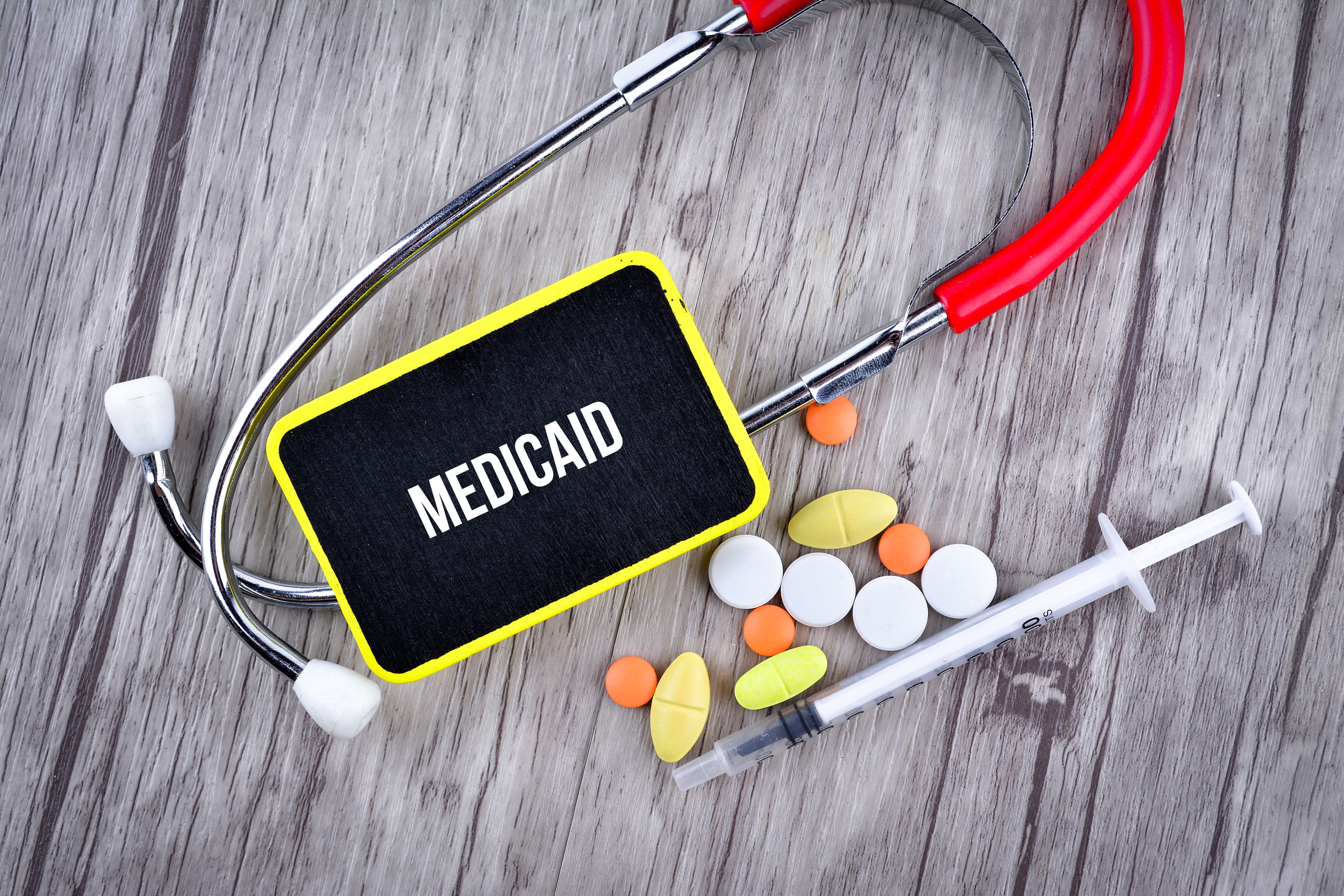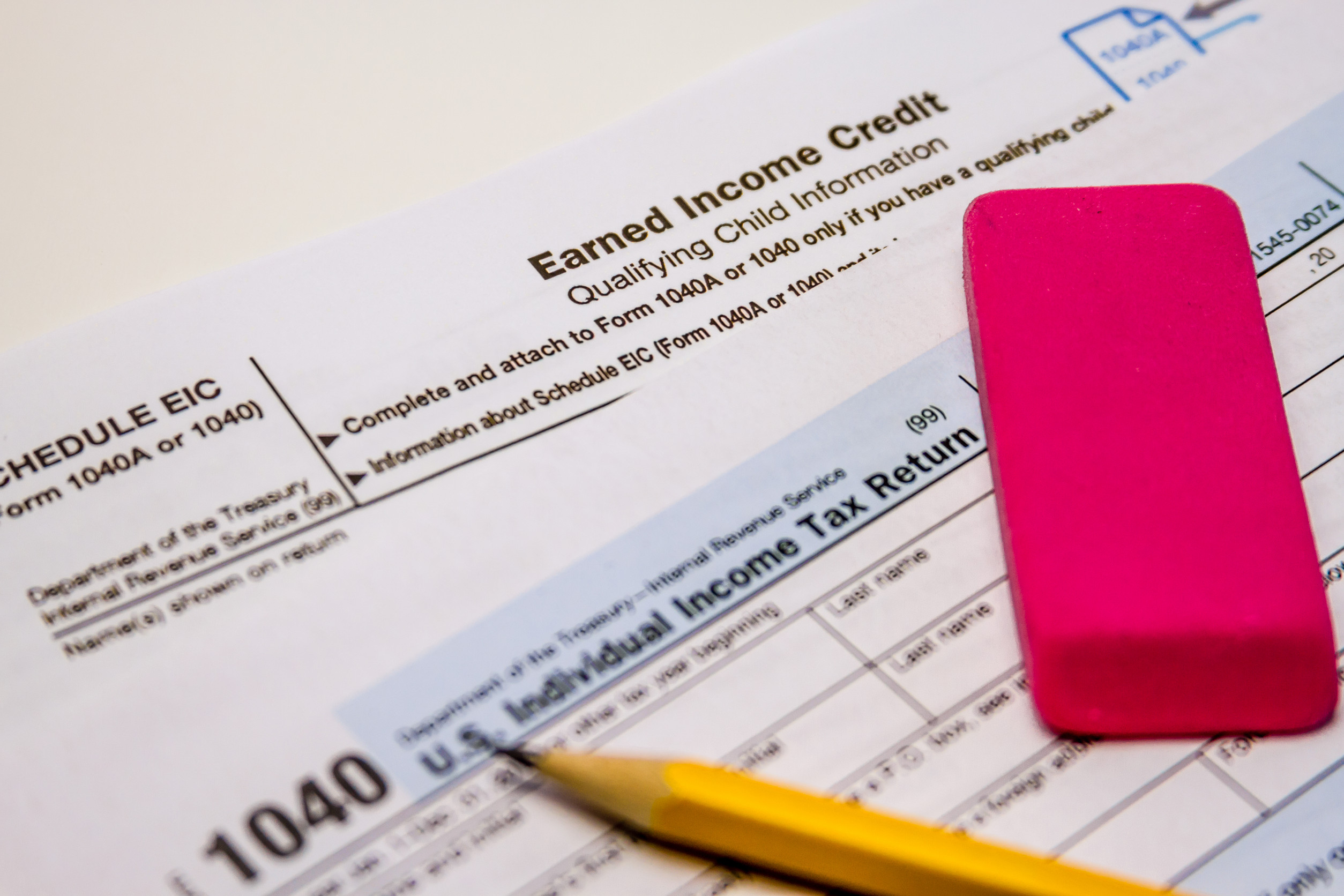Government assistance programs can be lifelines during hard times. But not all of them are as accessible as they seem. Behind the headlines and hopeful slogans, many relief efforts have income caps that aren’t always obvious.
These limits can quietly disqualify people who assume they qualify, only to be turned away after wasting time and energy. Understanding the hidden thresholds could make the difference between getting help and being left out in the cold.
1. Supplemental Nutrition Assistance Program (SNAP)
SNAP is often seen as a basic safety net for food insecurity, but income limits quietly dictate who actually qualifies. These caps vary by state and household size, making it easy to assume eligibility when none exists. Some states enforce gross income limits as low as 130% of the federal poverty level, a number that doesn’t go far in high-cost areas. Assets like a modest savings account can also unexpectedly disqualify applicants. Unless these thresholds are researched carefully, many families don’t find out they’re over the limit until they’re denied.
2. Low Income Home Energy Assistance Program (LIHEAP)
LIHEAP helps families keep the heat or air conditioning running, but it’s not universally available to anyone struggling with bills. Income caps usually sit around 150% of the federal poverty level, and states have the freedom to set stricter limits. Many assume their energy hardship will automatically qualify them, but moderate earners are often cut off. The application process rarely highlights these cutoffs clearly. As a result, households just barely over the threshold are left to manage utility debts without support.
3. Medicaid Expansion Under the ACA
Medicaid expansion brought healthcare to millions, but income restrictions remain firm. In expansion states, eligibility typically ends at 138% of the federal poverty level, which is only about $20,000 for an individual. That figure may seem low considering the cost of living in many regions. People who make just over the cap often find themselves without affordable coverage options. These hidden cliffs can leave working adults caught in the middle: too “rich” for Medicaid, too “poor” for private insurance.
4. Housing Choice Voucher Program (Section 8)
Section 8 is a go-to housing support program, but it quietly excludes a large swath of renters based on income. The program favors “very low-income” households, often defined as earning 50% or less of the area median income. In competitive cities, this can exclude even minimum-wage workers with full-time jobs. Applicants might wait years on a list only to learn they were never eligible. The strict limits aren’t often publicized until deep into the application process.
5. Children’s Health Insurance Program (CHIP)
CHIP provides low-cost health coverage to children, but the qualifying income range is narrower than most people realize. Many states cut off eligibility at 200% of the federal poverty level, which is around $60,000 for a family of four. Families with modest earnings might assume their kids qualify, only to be hit with premium charges or outright rejections. Unlike Medicaid, CHIP doesn’t always offer full subsidies above a certain income. It’s one of the most misunderstood programs when it comes to eligibility.
6. Earned Income Tax Credit (EITC)
The EITC is a powerful tool for working families, but the income cap sneaks up fast. Eligibility phases out once income hits around $63,000 for larger families, and much lower for individuals or couples without children. Many people file expecting a significant refund, unaware they’ve exceeded the threshold by a few hundred dollars. This can result in dramatically smaller tax refunds or none at all. Because it’s a tax credit, the rejection often comes too late to make changes.
7. Emergency Rental Assistance Program (ERAP)
ERAP was created during the pandemic to prevent evictions, but many renters were shocked to learn they didn’t qualify. The income limits were set around 80% of area median income, which excluded many moderate-income renters in expensive housing markets. Tenants who lost jobs but had prior earnings above the cap were often denied. The perception of universal availability masked how narrowly the program was designed. Without checking local limits, many renters assumed wrongly that help was guaranteed.
8. Free and Reduced-Price School Meals
School meal programs are commonly thought of as open to anyone who needs them, but income caps tell a different story. Eligibility for free meals ends at 130% of the federal poverty level, while reduced-price eligibility cuts off at 185%. That means a two-parent household with full-time minimum-wage jobs may not qualify at all. Some schools temporarily offer universal meals, but that’s not standard across the country. Families must navigate confusing paperwork to determine if they’re just over the line.
9. Federal Student Aid (FAFSA Pell Grants)
Pell Grants are meant to help low-income students afford college, but the expected family contribution formula creates hidden income caps. Families earning more than roughly $40,000–60,000 may see their eligibility disappear quickly, especially if they have limited deductions. Even with multiple dependents or job losses, the system often assumes students have access to more financial help than they really do. Many are shocked to discover that despite modest household earnings, they don’t qualify. This hidden cap forces some students into high-debt scenarios just to attend school.
10. Lifeline Program for Communication Services
Lifeline helps lower-income Americans afford phone and internet access, but the income limit is surprisingly strict. The cap is typically set at 135% of the federal poverty level, which equates to just under $20,000 for an individual. Many people facing digital access issues still fall outside this narrow threshold. The application process also requires detailed income documentation that discourages borderline cases. Without a broader income range, many are excluded from a program aimed at basic connectivity.
Know the Limits Before You Count on the Help
Many governments relief programs sound like safety nets for all in need, but most come with income caps that quietly shut people out. These thresholds are often buried in the fine print, vary by region, and change over time, making them easy to miss. Being just a few dollars over the line can mean complete disqualification. It’s crucial to research these limits in advance and verify your eligibility before depending on assistance.
Have you ever been surprised by an income cap on a program you thought you qualified for? Drop your thoughts or experience in the comments.
Read More
8 Government Databases That Contain Your Personal Info Right Now
6 Mortgage Programs That Sound Great—Until You Read the Fine Print


